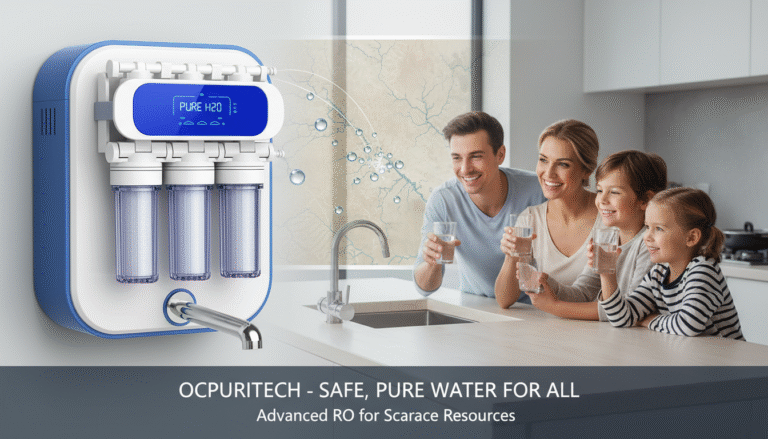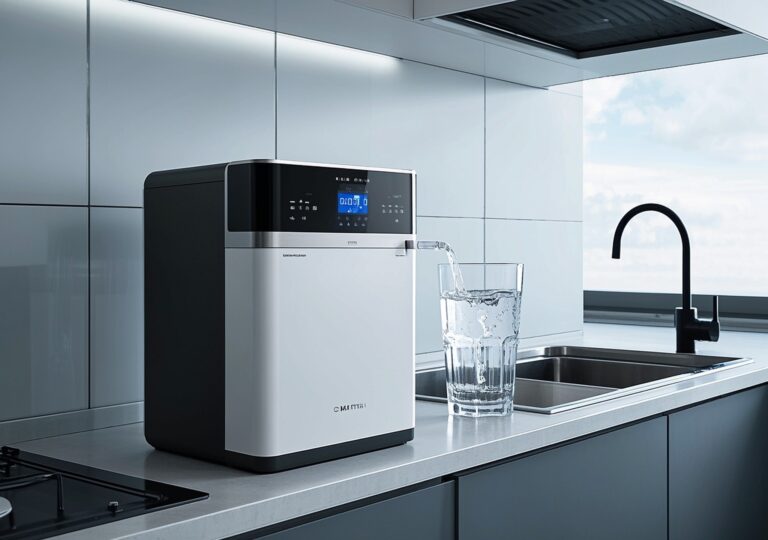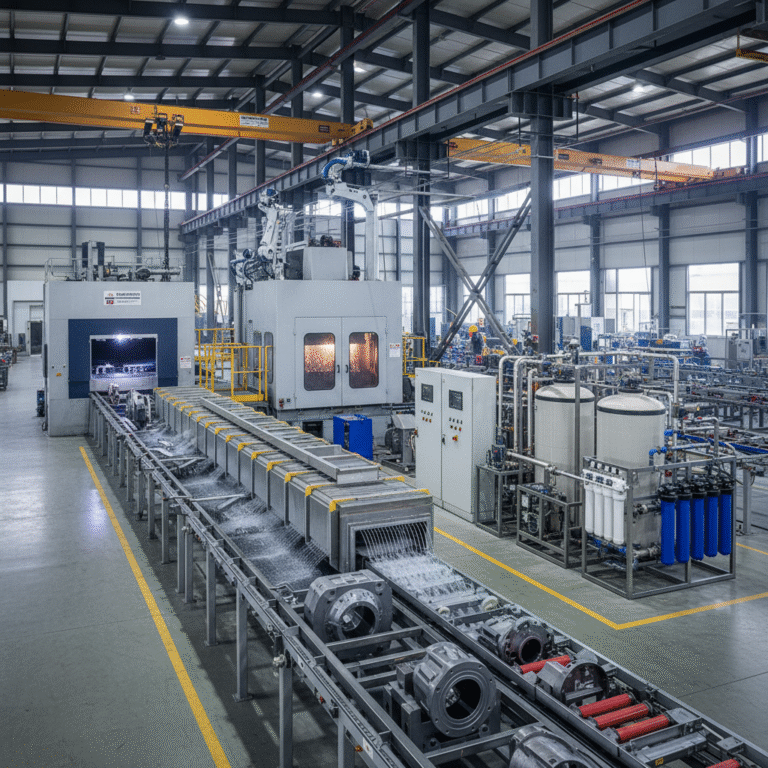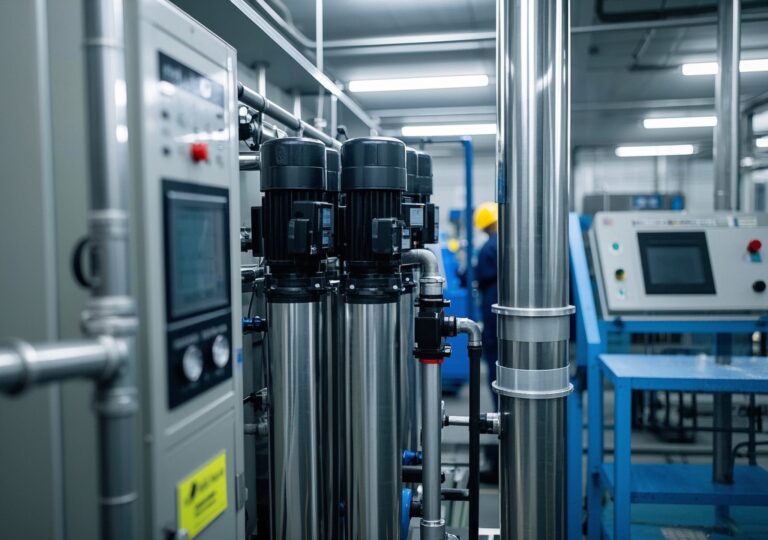Fiery Testimonials: ro water treatment systems Boost Industrial Reliability
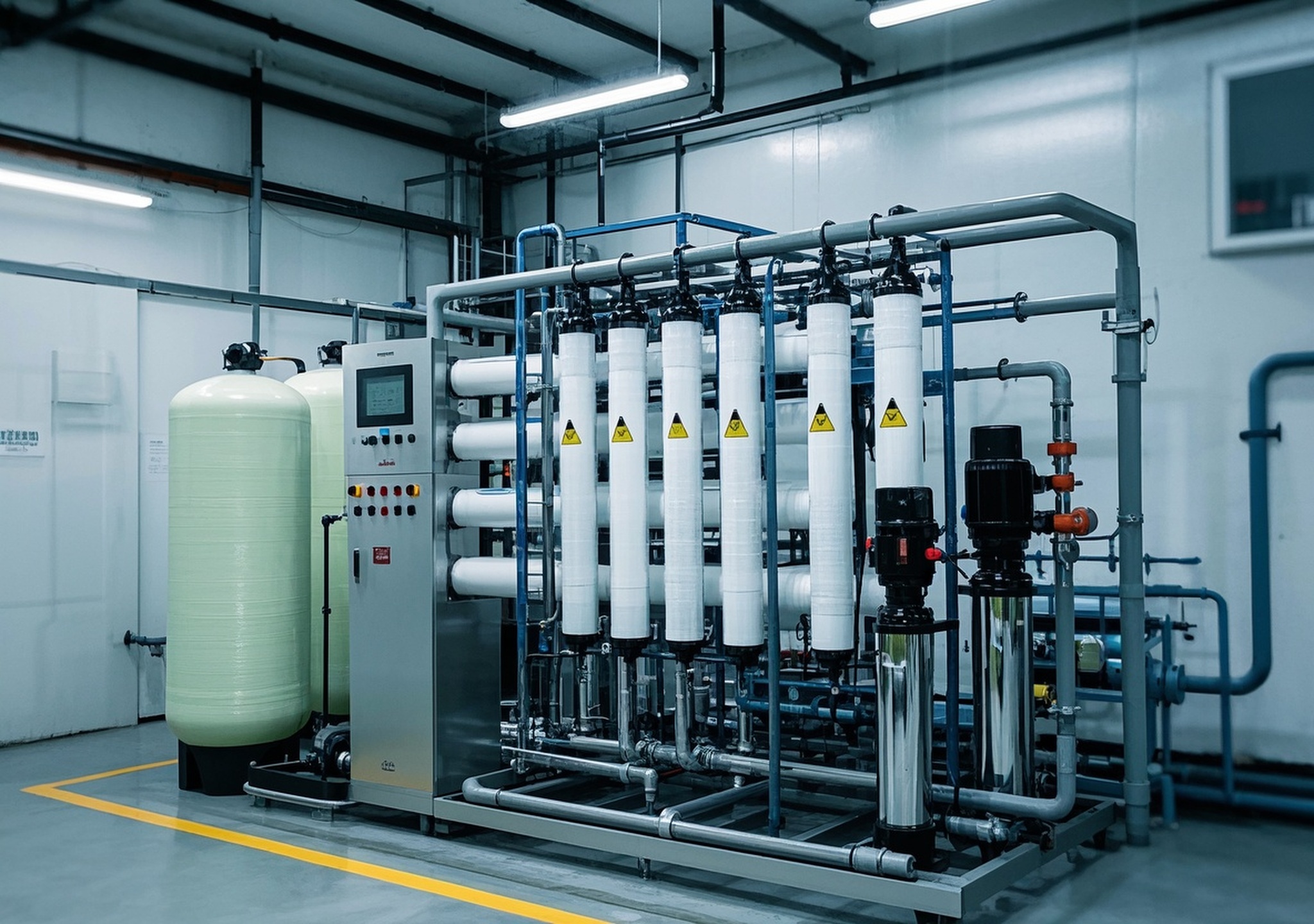
Fiery Testimonials: RO Water Treatment Systems Boost Industrial Reliability
1. Company and Industry Background
In today’s industrial landscape, the imperative for dependable and efficient water purification systems has never been greater. Leading manufacturers specializing in ro water treatment systems have emerged as pivotal players in ensuring industrial operational reliability, safeguarding equipment, and fulfilling stringent environmental responsibilities. These companies have embedded rigorous research and development (R&D) into their corporate DNA, continuously advancing membrane filtration technologies and holistic water treatment methodologies.
Industrial water treatment not only protects critical process streams but profoundly contributes to environmental sustainability by reducing polluted effluents and conserving water resources. Across diverse sectors—ranging from pharmaceuticals and food processing to municipal infrastructure—high-quality water is foundational. This positions manufacturers of advanced RO systems at the intersection of technology innovation and ecological stewardship.
2. Product Series Detailed Introduction
a. Reverse Osmosis (RO) Systems
RO water treatment systems deploy semi-permeable membranes to effectively remove dissolved solids, heavy metals, microorganisms, and organic contaminants. Typical performance parameters include:
- Salt rejection rate: ≥ 98%
- Operating pressure: 1.5–6.0 MPa, optimized for specific feedwater quality
- Recovery rate: Up to 85% in advanced designs
- Flux rate: 20-40 LMH (liters per square meter per hour)
Industries such as chemical manufacturing and power generation utilize RO systems to produce ultrapure water, critical for boiler feedwater and cooling towers, ensuring cleaner combustion and minimizing scaling.
b. Ultrafiltration (UF) Systems
Before RO filtration, UF systems often serve as the primary barrier against suspended solids, bacteria, and colloidal matter. Ultra-filtration membranes typically feature pore sizes ranging from 0.01 to 0.1 microns. This technology is favored in food and beverage sectors for its ability to retain flavor and nutritional qualities while guaranteeing microbial safety.
c. Electrodeionization (EDI) Systems
As a polishing step after RO, EDI technology provides continuous ion removal without chemical regenerants by integrating ion-exchange resins and electricity. This yields ultra-pure water with resistivity exceeding 18 MΩ·cm, suitable for semiconductor manufacturing, laboratories, and pharmaceutical applications.
d. Pre-treatment and Water Softening Systems
Pre-treatment units such as multimedia filtration, activated carbon filters, and water softeners are integral to extending membrane lifespan and preventing fouling. These systems remove suspended solids, organic chlorine, and hardness ions (Ca^2+, Mg^2+), protecting downstream RO membranes and optimizing system efficiency.
3. Technological Innovations and Competitive Advantages
Recent innovations focus on antifouling RO membranes, energy recovery devices, and integrated control systems. Below is a comparison demonstrating advantages of advanced ro water treatment systems against traditional methods:
| Feature | Traditional RO Systems | Advanced RO Systems |
|---|---|---|
| Membrane Antifouling | Basic membranes, frequent fouling | Enhanced membranes with hydrophilic coatings reduce fouling by 30-50% |
| Energy Consumption | High, no energy recovery | Incorporation of energy recovery devices lowers consumption by up to 20% |
| Water Recovery Rate | 60%–70% | Up to 85% with improved pretreatment and membrane materials |
| System Automation | Manual monitoring | Fully automated via PLC and remote access for optimized operation |
| Environmental Impact | Higher brine waste volume | Integrated brine management reduces waste and supports circular water use |
The integration of polyacrylic acid as an antiscalant and biofouling inhibitor further enhances membrane longevity and system reliability, as demonstrated by recent field projects in harsh water conditions.
4. Industry Position and Market Outlook
The industrial water purification market, powered by membrane technology, is forecasted to grow from $30.9 billion in 2024 to $89.9 billion by 2033, with a compound annual growth rate (CAGR) of 12.7% according to Grand View Research. The rapid urbanization and industrial expansion in regions such as Africa, Southeast Asia, South America, and broader Asia are fueling strong demand for reliable water treatment solutions.
ESG (Environmental, Social, Governance) compliance and government regulations impose stricter discharge standards, pushing companies to invest in high-performance RO systems. In these emerging markets, commercial water treatment systems often generate higher margins than residential ones, given their customization and scalability requirements.
5. Manufacturing and R&D Capabilities
Modern facilities adopt Industry 4.0 standards with automated production lines and state-of-the-art material testing labs. Quality control processes span from raw material inspection to final product validation under simulated operational conditions.
R&D teams collaborate with universities and specialized research centers to pioneer novel membrane formulations and process designs focused on fouling resistance and energy efficiency. Prototyping and pilot plant testing are routine steps before commercial deployment, ensuring practical operability and durability tailored to client-specific water matrices.
6. Customer Case Studies and Success Stories
In my consultancy experience with a Southeast Asian beverage conglomerate, implementation of a multi-stage RO and ultrafiltration system reduced water consumption by 35% and cut operational downtime by nearly 40%, translating into USD 1.2 million in annual savings. This was achieved through meticulous process optimization and real-time system monitoring.
Similarly, a mining operation in South America adopted enhanced RO membranes combined with advanced antiscalants. The system sustained a recovery rate above 80% with minimal cleaning frequency over 18 months, greatly improving plant reliability and reducing environmental discharge.
7. Commitment to Environmental Sustainability
Green manufacturing practices and energy-saving design principles are embedded within the production and operation of modern ro water treatment systems. Utilizing recyclable components, minimizing chemical usage, and deploying low-pressure membranes collectively reduce carbon footprints. These efforts align with global goals to preserve water resources and reduce industrial pollution.
8. Call to Action and Contact Information
For organizations in Africa, Southeast Asia, South America, and throughout Asia seeking tailored ro water treatment systems that enhance operational reliability and environmental compliance, expert consultation is essential. We invite interested professionals and procurement leaders to engage through multiple channels:
- Email: [email protected]
- Phone: +1-800-555-ROWT (7698)
- Online Inquiry: industrialwatertreatment.com/contact
Our specialists will provide custom audits and system design recommendations to meet your industrial water purification goals efficiently and cost-effectively.
References
- Grand View Research, “Membrane Separation Technology Market Size Report, 2033”
- Grand View Research, “Polyacrylic Acid Market Size, Share, Report & Forecast, 2032”
- ResearchGate, “Insights on the Development of Enhanced Antifouling Reverse Osmosis Membranes: Industrial Applications and Challenges” (2025)
- ChemTreat, “Industrial & Commercial Water Treatment Solutions”

